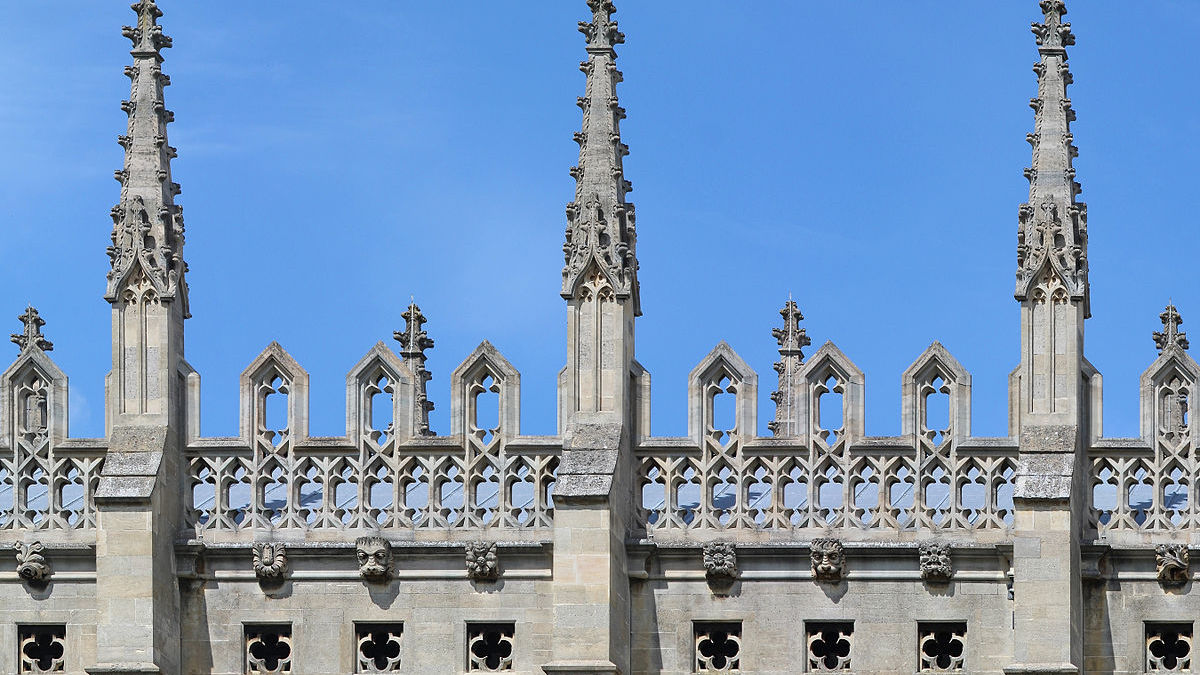Pavel Karmanov’s “Cambridge Music” for Piano Quartet: A Post-Minimalist Joyride
The music of contemporary Russian composer Pavel Karmanov (b. 1970) falls loosely into a category known as post-minimalism. Influenced by the work of Steve Reich, Philip Glass, and others, this is music built on a strong, satisfying sense of pulse and a warm embrace of tonality. “Cambridge Music” for Piano Quartet, written in 2008, teems with sunny, youthful energy and bright, glistening colors. Its repeating bass lines and sense of “groove” seem to …







